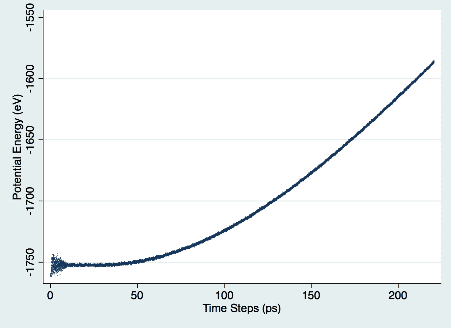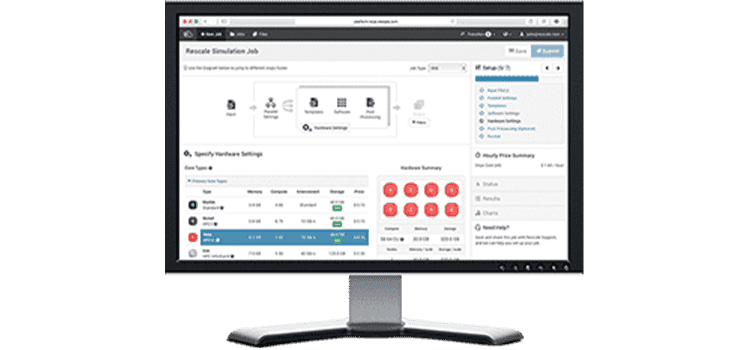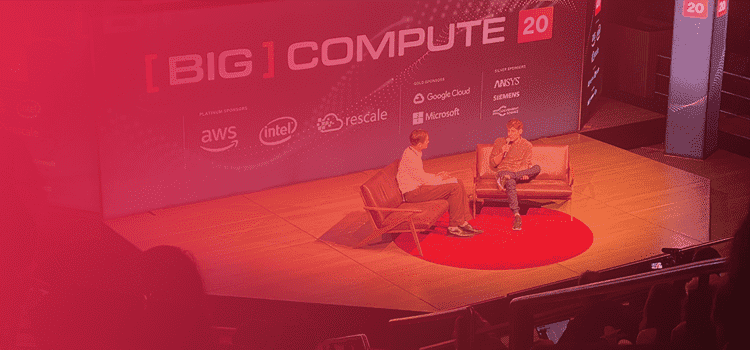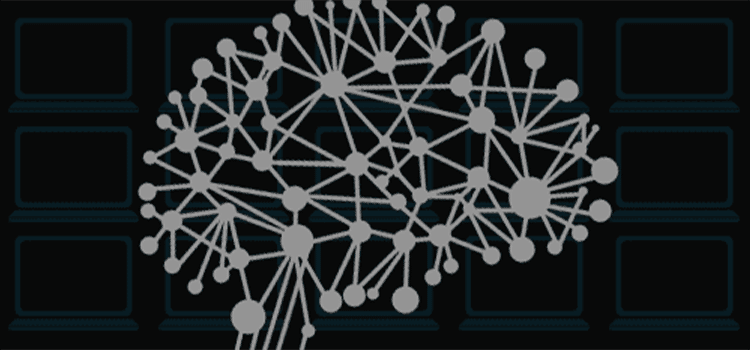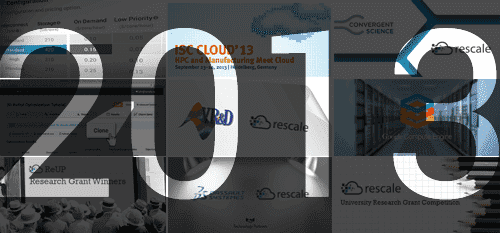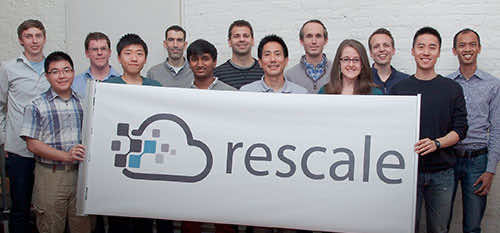The Cloud of Everything: A Universal Workspace

“Many hands make light work” is as true today as it was in the 16th Century when John Heywood first coined the phrase. The historical perspective of “piecework” now gives way in modern parlance to the idea of “global collaboration”. Current trends point conclusively to the value of an always-available, secure, and collaborative web-based environment for scientific computing. The world’s leading product designers, scientists, and engineers are globally dispersed. They share, if not a spoken language, a common engineering perspective and solution literacy; what I would call a “Cloud Of Everything” unites them, and accelerates their productivity as never before.
The idea of a “Cloud of Everything” (CoE) is distinct from the notion of an “internet of everything”—or IoE as Cisco has evangelized—which promises to unite “people, processes, and data”. The CoE in the context of web-based simulation proffers the ability of one user to initiate a workflow in a secure, scalable, on-demand cloud environment and to share those temporal results in rapid fashion with a colleague half a world away for analysis, refinement, and additional simulation to create superior products. The “Cloud Of Everything” is really the global workspace where complex computational problems get solved.
What distinguishes this workgroup organizationally is the interposition of a common platform that freely enables multiple solvers, optimizers, and workflows to support accelerated global development cycles in key technical verticals. It is almost a given now that webmail, gaming, video conferencing, file transfer, and data migration, amongst others, are enabled and accelerated by the global web – now we can use the same perspective when we think about web-based CAE in auto, aero, energy and biosciences.
Twenty years ago, visionary novelist and essayist William Gibson observed that the future was “already here – just not very evenly distributed”. In 2014, the global distribution of compute resources supporting the management of Big Data lends itself equally well—given a shared simulation platform—to the challenging engineering and scientific work of the world’s leading research enterprises. And the information that is the yield of this computational work is a subset of IDC’s prediction that by 2020 (that’s only 5 years away!), the information that enterprises will manage will have grown 14x!
As an example, enterprise IT managers today are making an increased number of infrastructure “own vs. lease” decisions for engineering teams in their organizations. The volume, velocity, variety, and value of research data requires these managers to carefully govern the information yield that forms the intellectual property of the enterprise. The “Cloud Of Everything” addresses both the demands of the IT practice and engineering schedule by providing both the research and information management resources needed by each. Additionally the “Cloud Of Everything” supports the well-documented, inexorable trend to move data out of the campus and into globally-shared compute resources, while enabling critical information back to base.
Conclusion: whether we are talking about ERP, PLM, PDM, – or any of the essential elements of the enterprise that require critical simulation, the bridge between human and CPU requires a robust, reliable, and collaborative workspace–the shared simulation platform provides this universal workspace that truly allows those “many hands” to make lighter work.



